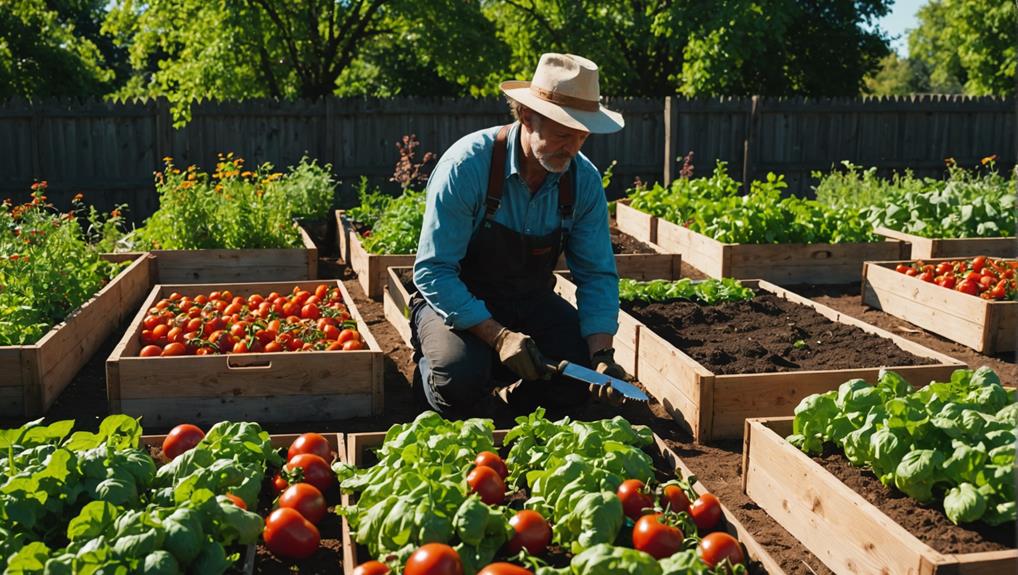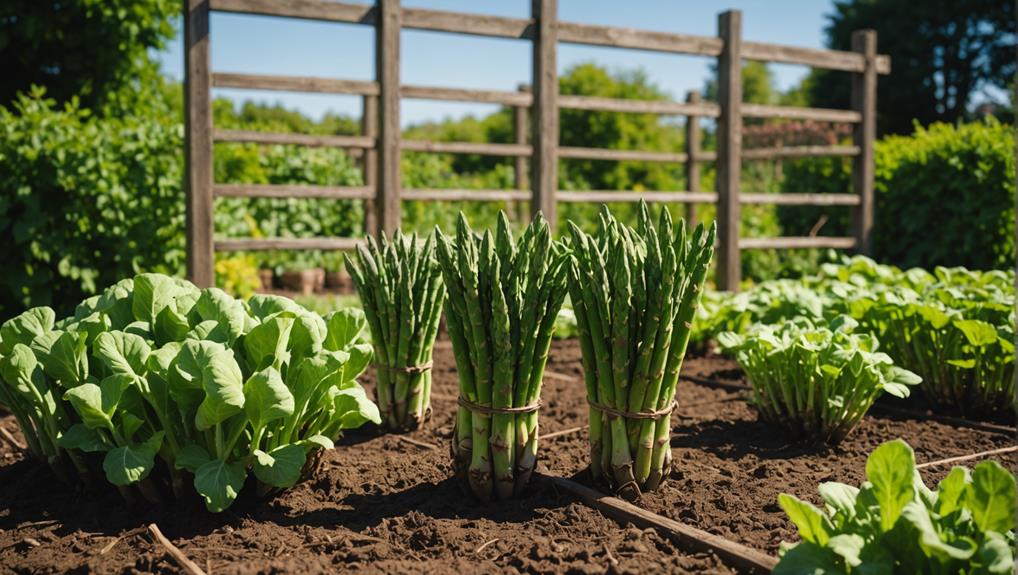As an Amazon Associate I earn from qualifying purchases.
Have you ever wondered what it takes to survive in the great outdoors? Whether you’re an avid hiker, camper, or just someone who loves spending time in nature, knowing a few outdoor survival skills can go a long way. In this article, we’ll explore the art of outdoor survival and how you can learn to navigate the wilderness with confidence.
When it comes to outdoor survival, there are several key skills that can make all the difference in a challenging situation. Firstly, knowing how to build a shelter is essential. You’ll learn how to find the right location, gather materials, and construct a sturdy shelter that can protect you from the elements. Additionally, understanding how to start a fire can provide warmth, cook food, and even signal for help if needed.
Next, we’ll delve into the importance of finding and purifying water sources. Dehydration can be a serious threat in the wilderness, so knowing how to locate and make water safe to drink is crucial. We’ll also cover basic navigation skills, such as reading a map and using a compass, which can help you find your way back to civilization if you ever find yourself lost.
In this article, you’ll discover practical tips and techniques that can help you become a more confident and prepared outdoor adventurer. From packing essential gear to learning how to forage for food, the art of outdoor survival is a valuable skillset to have. So, let’s dive in and explore the world of outdoor survival together!

Understanding Outdoor Survival
The Importance of Outdoor Survival Skills
In today’s modern world, many of us are accustomed to a comfortable, predictable lifestyle. However, venturing into the great outdoors can be an unpredictable and potentially dangerous endeavor. That’s why it’s crucial to have basic outdoor survival skills under your belt. These skills not only allow you to confidently explore nature, but they also ensure your safety in any unforeseen circumstances.
The Basics of Outdoor Survival
Before diving into specific survival skills, it’s essential to have a solid grasp of the fundamentals. Regardless of the situation, there are a few key principles that should guide your actions in the wilderness.
First and foremost, prioritize your safety. This means staying calm, assessing your situation, and making rational decisions. Panic and impulse can lead to poor choices that can potentially jeopardize your safety.
Secondly, it’s vital to be prepared. This entails carrying essential gear, such as a navigation tool, water purification tablets, a first aid kit, and extra food. Additionally, informing someone about your trip plans and expected return can greatly increase your chances of being rescued in case of an emergency.
Lastly, adaptability is key. Nature is unpredictable, and survival often requires thinking on your feet. Being resourceful, creative, and willing to learn are essential traits when it comes to outdoor survival.
Navigation and Orientation
Using a Compass
A compass is an invaluable tool for navigating the wilderness. It allows you to determine your direction and maintain a sense of orientation. To use a compass, hold it flat and level, and turn yourself until the needle aligns with the magnetic north. This will guide you toward your desired destination.
Reading a Map
In conjunction with a compass, reading a map is crucial for effective navigation. Familiarize yourself with the map’s symbols and legends to understand the topography and landmarks. By comparing your surroundings with the map, you can determine your location and plan your route accordingly.
Using Natural Navigation Techniques
In addition to traditional tools like a compass and map, you can also rely on natural navigation techniques. Observing the sun’s movement and using it as a directional reference is a valuable skill. Additionally, identifying landmarks such as mountains, rivers, and stars can help you stay on track.
Building Shelter
Choosing the Right Location for Shelter
When it comes to building a shelter, location is everything. Look for a spot that offers protection from the elements, such as wind and rain. Avoid low-lying areas prone to flooding, and be mindful of potential hazards, such as falling trees or rockslides.
Different Types of Shelters
Depending on your available resources and the situation at hand, various shelter options exist. A lean-to shelter, made by propping a long pole against a tree and covering it with branches, is a simple and effective option. A debris hut, created by stacking leaves and branches against a pole frame, provides better insulation.
Building a Shelter with Natural Resources
In a survival situation, you may not always have access to a tent or tarp. In such cases, being able to utilize natural resources is essential. Fallen branches, leaves, and even animal hides can be used to construct a makeshift shelter. Remember to insulate yourself from the ground by layering foliage or constructing a raised bed.
Finding and Purifying Water
Identifying Water Sources
Water is the essence of survival. Knowing how to locate water sources is critical in outdoor survival. Look for signs such as vegetation, animal tracks, and low-lying areas where water is likely to accumulate. Streams, rivers, and lakes are reliable sources, but be cautious of stagnant water, as it may harbor harmful microorganisms.
Methods of Purifying Water
Consuming untreated water can lead to severe illnesses. To purify water in the wilderness, you can use various methods. Boiling water for at least five minutes kills most pathogens. Iodine tablets, water filters, and ultraviolet light pens are also effective at rendering water safe to drink.
Collecting Rainwater
When faced with limited water sources, collecting rainwater can be a lifesaver. Utilize any available containers, such as plastic bags, bottles, or tarps, to capture rainwater. Remember to filter and purify the collected rainwater before drinking.

Firecraft
Building a Fire
Fire serves multiple purposes in the wilderness, from providing warmth and cooking food to signaling for rescue. Start by selecting a safe spot for your fire, away from flammable materials. Collect tinder, kindling, and fuel wood, arranging them in a teepee or log cabin shape. Ignite the tinder using various fire-starting techniques.
Different Fire Starting Techniques
Having multiple fire-starting techniques in your arsenal is vital, especially when faced with adverse conditions. Common methods include using matches, lighters, fire strikers, or even a magnifying glass to harness the sun’s rays.
Maintaining and Managing a Fire
Once your fire is lit, it’s essential to maintain it and manage it properly. Keep your firewood nearby and add it gradually to maintain a steady flame. Constructing a fire reflector using rocks or constructing a windbreak can help protect your fire from gusts of wind.
Food Procurement
Identifying Edible Plants and Insects
While packing extra food is wise, knowing how to identify edible plants and insects can be a game-changer in survival situations. Familiarize yourself with common edible plants in your area, such as berries, nuts, and certain leaves. Additionally, insects, such as ants, grasshoppers, and mealworms, can provide a protein-rich meal.
Hunting and Fishing
Hunting and fishing require more advanced skills, but they can be extremely beneficial in a survival scenario. Learning how to craft rudimentary traps, such as snares or deadfall traps, can help you catch small game. Fishing, whether with a fishing rod or improvised tools like a handline or spear, can provide a steady source of protein.
Trapping Techniques
Trapping is a passive method of acquiring food. By understanding animal behavior and constructing effective traps, you can increase your chances of catching game. Try setting up a figure-four deadfall trap or a snare using natural materials found in your surroundings.
Emergency Signaling
Using a Mirror or Reflective Surface
When lost or in need of rescue, signaling devices are crucial. One of the simplest and most effective tools is a small mirror or any reflective surface. Use the mirror to reflect sunlight towards potential search parties or aircraft in the area.
Making Noise with Whistles or Signaling Devices
Creating noise is another effective way to attract attention in the wilderness. Carry a whistle or signaling device, such as a metal cup or even banging two rocks together, to alert nearby individuals of your presence. Consistent noise patterns, such as three short blasts, are commonly recognized as distress signals.
Creating Smoke Signals
Smoke signals can be a lifesaver when visibility is limited. Construct a small fire using green leaves or damp wood, as this creates more smoke. During the day, construct three quick successive fires to indicate an emergency. At night, use a flashlight or cell phone to create a series of three bright flashes.
First Aid and Medical Skills
Basic First Aid Techniques
Knowing basic first aid can mean the difference between life and death in a survival situation. Familiarize yourself with techniques such as CPR, treating wounds and burns, managing fractures, and providing basic medical care.
Treating Common Outdoor Injuries
The wilderness is not without its risks, and injuries are bound to happen. Learn how to treat common outdoor injuries such as sprained ankles, cuts, blisters, and insect bites. Having a well-stocked first aid kit is vital, but improvisation may also be necessary.
Wilderness Medicine
In more remote outdoor adventures, it’s prudent to expand your knowledge of wilderness medicine. Sign up for a wilderness first aid course or educate yourself on topics such as altitude sickness, hypothermia, and snake bites. Having a good understanding of these conditions can help you make informed decisions and provide appropriate care in a critical situation.
Survival Psychology and Mental Toughness
Staying Calm and Focused in Survival Situations
Maintaining a calm and focused mindset is crucial in survival situations. Panic can cloud judgment and hinder decision-making abilities. Practice techniques such as deep breathing, visualization, and positive self-talk to keep anxiety at bay and focus on your goals.
Coping with Stress and Anxiety
Survival situations can be stressful and anxiety-inducing. Managing stress is essential for your overall well-being and decision-making abilities. Find healthy coping mechanisms, such as journaling, meditation, or engaging in calming activities like setting up camp or exploring your surroundings.
Developing a Positive Attitude
A positive attitude can go a long way in overcoming adversity. Instead of dwelling on negative thoughts, focus on the present moment, your strengths, and the small victories along the way. Embrace the challenges as opportunities for growth and remind yourself that the situation is temporary.
Conclusion
The Importance of Learning Outdoor Survival Skills
Outdoor survival skills are not only essential for adventurers and explorers but are also valuable for anyone who spends time in nature. By acquiring these skills, you can enjoy outdoor activities with confidence and ensure your safety in unexpected situations.
Preparing for Outdoor Adventures
Before embarking on any outdoor adventure, it’s crucial to prepare adequately. Research the area you plan to explore, check the weather forecast, and pack the necessary gear and supplies. Remember to inform someone of your plans and when you’ll expect to return.
Becoming Self-Reliant in the Wilderness
Mastering outdoor survival skills allows you to become self-reliant when facing the challenges of the wilderness. Being able to navigate, find water, build shelter, and source food gives you the confidence to embark on outdoor adventures and handle any curveballs that nature may throw your way.
So, whether you’re planning a weekend camping trip or embarking on a more ambitious expedition, take the time to learn and practice outdoor survival skills. With the right knowledge and a dose of determination, you can truly master the art of outdoor survival.
As an Amazon Associate I earn from qualifying purchases.










